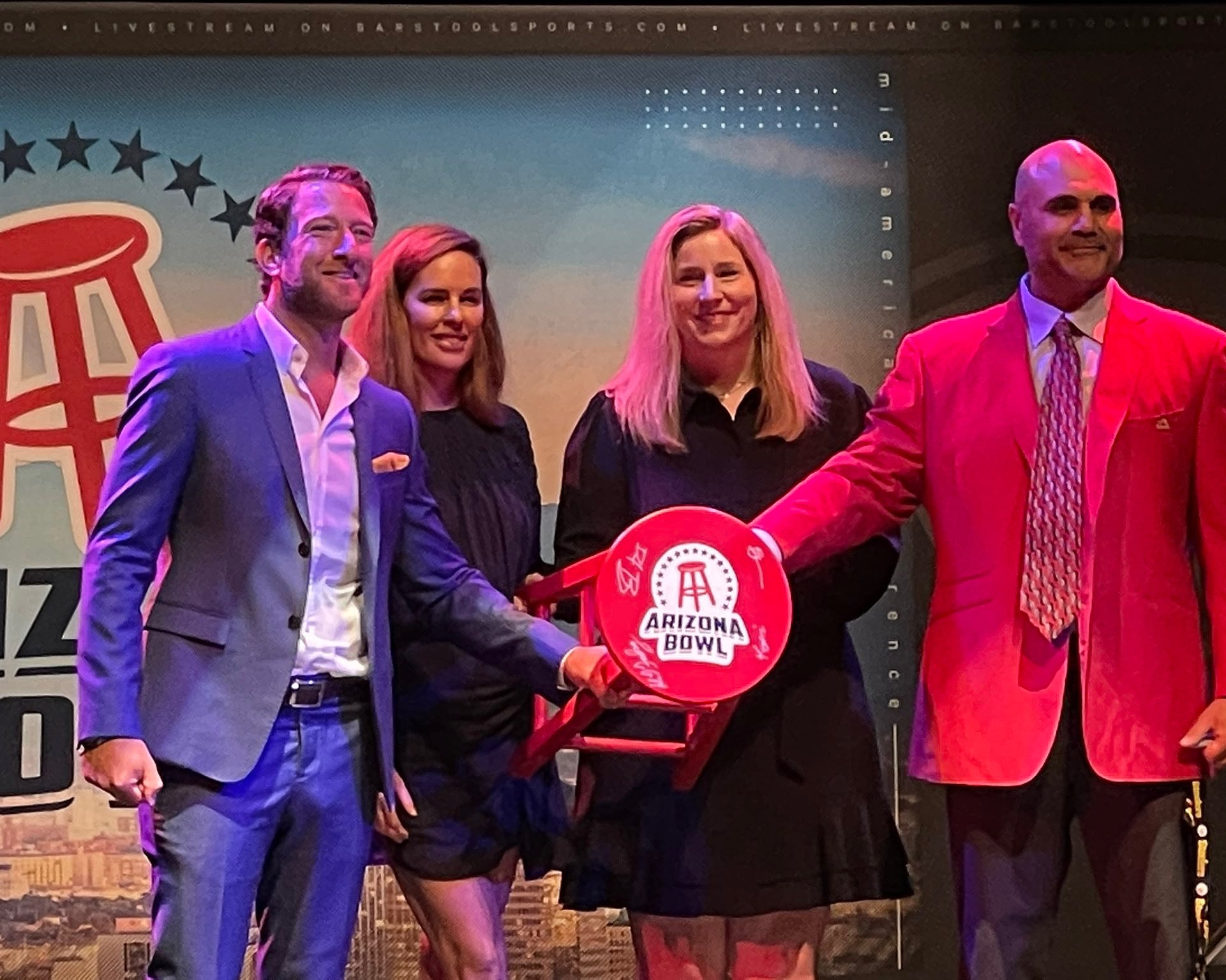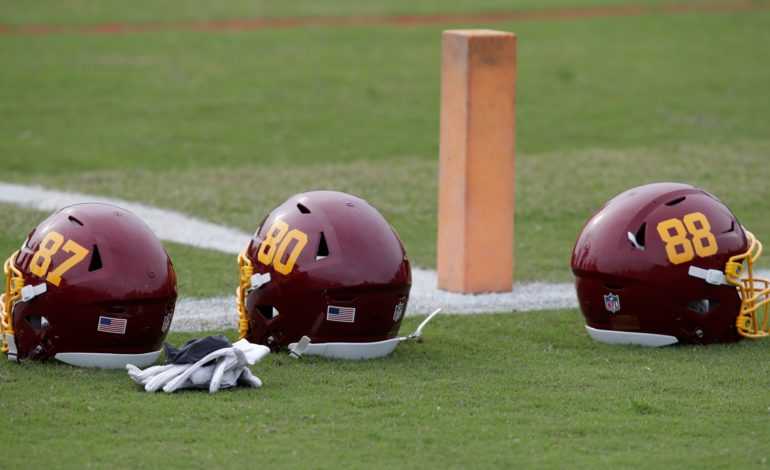Dave Portnoy loved to gamble, and he was not alone in this. However, at this time, there were few media sources solely dedicated to gambling. Portnoy decided to change this, and Barstool Sports was born.
The History of Barstool Sports

Many of the world’s biggest brands began in a basement or garage. Therefore, it’s perhaps unsurprising that Barstool Sports founder Portnoy got things started from his home in Milton, Massachusetts
Barstool Sports began in 2003 as a small local paper distributed to Boston commuters at public transport stations. It offered a satirical take on sports, gambling, and fantasy football. It quickly gained a popular following and would expand to include male-interest pieces over the next four years, moving towards a more lifestyle feel rather than being strictly about sports and gambling.
In 2007, Portnoy launched a website version of Barstool Sports and expanded its paper distribution to several US cities, including New York, Chicago, and Philadelphia. Additionally, they had a college version called Barstool U.
What’s remarkable about Barstool Sports is that it grew solely by word-of-mouth. Furthermore, during this growth, Portnoy was able to use the money coming in solely for Barstool and didn’t have to put in any money of his own.
Soon, investors began showing interest in Barstool, and they approached him with offers. Therefore, it was only a bit of a surprise when in January 2016, it was announced that The Chernin Group had purchased a 51% stake in Barstool. Although details of the sale remained confidential, it was believed that the company’s valuation at the time was between $10 and $15 million.
Barstool Sports Moves to New York City

While The Chernin Group now had a controlling interest in the company, Portnoy remained 100% in control of the editorial content. Therefore, the biggest change to come out of this investment was the moving of Barstool’s headquarters to New York City.
The news of this move was announced through a video that featured Portnoy and several contributors walking through Times Square. In this film, Portnoy says that he doesn’t like Manhattan, he doesn’t like people looking at him in press conferences, but moving to New York was the right thing to do. Of course, it’s assumed that he was referencing that many sports sites like Barstool Sports have headquarters in New York.
The new headquarters features two soundproof rooms for recording podcasts and filming videos. It also features plenty of space for bloggers and a large and well-stocked bar.
How Chernin Changed Barstool Sports

The most significant change that The Chernin Group wrought was the hiring of Erika Nardini as CEO. Nardini had previously worked for companies like Yahoo, Microsoft, and AOL. Nardini came in saying that she wanted to give the Barstool audience more of what they already liked and making it easier for new audience members to find them by capturing their attention with riveting content.
Nardini’s arrival resulted in the company’s first P&L. She has since helped drive revenue through advertising and merchandise sales. Nardini also helped to introduce the first premium programming offer with a pay-per-view offering of a West Virginia amateur boxing tournament. Furthermore, she closed sponsorship deals with DirecTV and H&R Block.
Barstool and Social Media
A large part of Barstool’s success can be attributed to its popularity on social media. Perhaps the best example of this is the phrase, “Fridays are for the men. Saturdays are for the boys.” This seemingly innocuous phrase went viral one night when writer John Feitelberg tweeted it out. Since then, the company has monopolized this phrase on merchandise and in their advertising, increasing brand recognition and its popularity. Even celebrity athletes have gotten in on this catchphrase using the hashtag #SAFTB in their Twitter posts.
Where Barstool Sports is Now

Currently, Barstool churns out 100 daily pieces of content on average and over 80 social media posts across over 200 social accounts. Additionally, they have more than ten podcasts, with several taking top spots in the Sports and Recreation category in the iTunes Store. Furthermore, Barstool Radio on SiriusXM plays daily from 12 to 2 p.m. EST.
In July of this year, Barstool announced that they would be the title sponsor for the Arizona Bowl. They also have exclusive broadcasting rights to this event, so the game will only air on Barstool Sports channels.
What’s Next for Barstool?
The future is bright for Barstool Sports as they continue to expand their live streaming broadcasts with a bid to live stream MLB games. If they are successful in this, they will become a household name in sports livestreaming.
To stay up to date on all things sports, check out Belly Up Sports and their Twitter.






